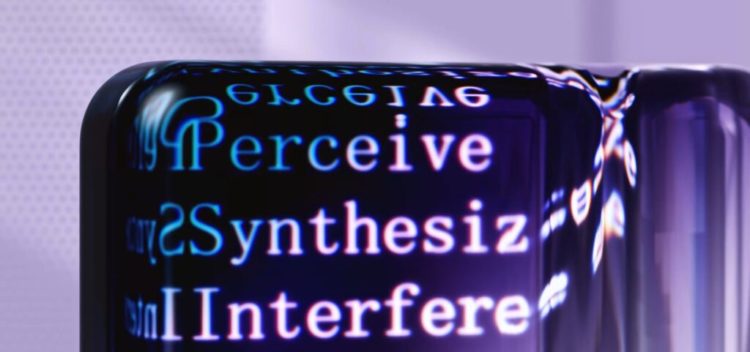“Generative AI is the most powerful tool for creativity that has ever been created. It has the potential to unleash a new era of human innovation.” — Elon Musk
“A chatbot is a glorified tape recorder. It takes snippets of what’s on the web, created by a human, splices them together and passes it off as if it created these things.” — Michio Kaku, theoretical physicist, quantum computing advocate
When it comes to Generative AI (GenAI), where do you fall on this belief spectrum? Let’s explore this topic in both practical and philosophical terms.
The Practicalities of GenAI in Supply Chain
We have been talking about AI for years — what is so novel about GenAI? As its name implies, this tool generates new content versus simply automating tasks or calculating an optimal solution based on the analysis of large data sets.
A recent supply chain research report titled Generative AI: CSCOs Should Explore Benefits, Potential Risks written by Sam Berndt, Noha Tohamy, Casey Logan and Suzie Petrusic (subscription required) provides an excellent overview of the risks and benefits of GenAI to CSCO priorities.

In a technology solution context, its potential risks and disruptions may be tied to product features (e.g., AI “hallucinations,” aka misinformation) or they may result from unintended consequences (e.g., user errors and amplified human biases) or through deliberate, malicious use of the technology. Offsetting benefits are expected to come from greater leader insights and enhanced employee productivity and capabilities. A recent Gartner survey showed that nearly 70% of business leaders believe the benefits outweigh the risks, despite limited understanding of precise generative AI applicability and risks.
While most supply chain organizations are still in an exploratory mode with the technology, some emerging functional use cases for GenAI in supply chain, include:
- Vendor engagement and compliance: Summarizing contracts, ensuring ongoing contract compliance and conducting vendor onboarding/Q&As.
- Complex model explainability: Text-based explanation of recommended production, route planning or customer fulfillment decisions generated by a traditional AI/ML model.
- Regulatory compliance: Explaining trade, healthcare and/or sustainability regulations in a simple Q&A text format.
- KPIs and what-if analysis: Explaining supply chain metrics and their drivers. Evaluating options for how to influence them using intuitive text-based queries.
CSCOs should take an entrepreneurial approach to GenAI, experimenting with pilots across the different domains of their organizations, and weighing best use cases according to time, complexity, value and risk.
Philosophical Perspectives on GenAI
There are larger considerations beyond the practical use of GenAI. The fact that its responses sound almost human-like has captured our collective imagination. Some see an existential threat. Every time humanity takes a step closer to Artificial General Intelligence, it elicits deep soul searching. Will this form of AI replace humans? Will it become self-aware and destroy us if we no longer align with its prime directives?
In the context of the innovation Hype Cycle, GenAI is today’s shiniest of shiny objects.
Why do we like shiny objects in the first place? Like chrome, they are often highly reflective. We want to see ourselves in them and just how amazingly creative we can be in our latest discoveries. Our baser instincts draw us to these shiny objects for more self-serving reasons.
GenAI can be an intelligent, logical actor and, per our dualistic view of the world, it can be a good or bad actor. Realistically, it will play both roles. What GenAI is not (yet), is self-aware or part of the universal consciousness. When it comes to the existential, the good news is that it cannot supplant our special place in this world. The bad is that, without proper controls, it could physically wipe us off the earth through error or misuse.
These are extreme scenarios. Society also needs to concern itself with not leveraging GenAI to amplify our daily harms toward one another and the rest of the physical world.
Ultimately, GenAI is another tool, and our focus should center on who we want to be in using it. Sticks and stones can be used to create shelter or as weapons. Splitting atoms can power or destroy cities. How will we choose to wield our increasingly higher forms of AI?
Originally posted on Gartner Blog Network





